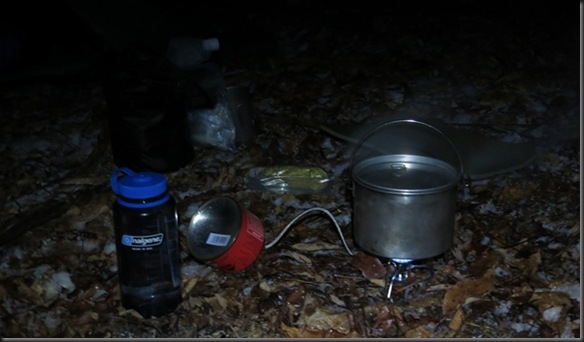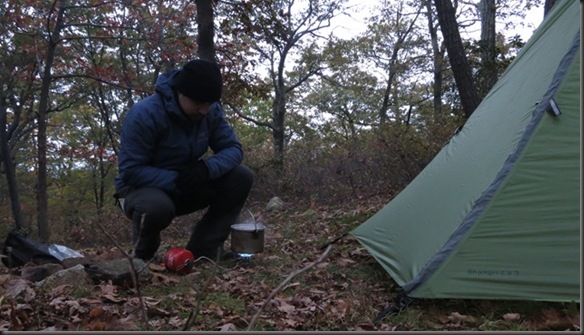It has been almost a year since I did a post about the gear that I carry. You can see that post here. Since then I’ve been getting a lot of questions about my current gear so I figured I would put together a post. This one will focus on my three season gear. By three season I mean the gear I would use for trips where the temperature will be above 32F (0C). Anything below that, and I would have to make some modifications.
So, first, let’s start with the backpack that holds all of the gear. My current backpack is the REI Flash 62.

It is a relatively lightweight internal frame pack, weighing in at exactly 3.0 lb for the medium length pack. It has a 62 litter capacity, which is overkill for my three season gear. In fact, I use the same pack for most of my winter trips as well. A 45 litter pack would fit all of the gear you see here. The main compartment of the REI Flash 62 (excluding pockets) is about 50 litters which does the job well.
When it comes to packs, I like ones that are appropriately sized for the gear. I don’t like strapping things to the outside, hanging things to teh pack, or adding pockets, pouches or anything like that. If my gear doesn’t fit inside a pack, I get a larger one.
For shelter I use the GoLite Shangri-La 3 flysheet. The tent itself comes with a floor and mosquito netting which gets inserted under the flysheet, but I do not use it. The only components I use from the tent are the flysheet, center pole and the tent stakes.
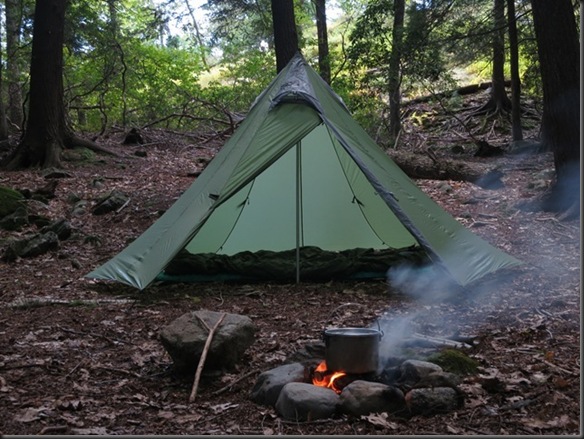
The Shangri-La 3, as I have it set up weighs 2 lb 3 oz. Out of that weight 11.2 oz is the center pole. Separate from that weight, I use six tent stakes which weigh a combined 5.1 oz, bringing the total of the shelter system to 2 lb 8.1 oz. I have been very happy with this shelter. I like the open floor design which allows me to treat it very much like a tarp, with the added wind and rain protection.
My sleep system is comprised of several components.
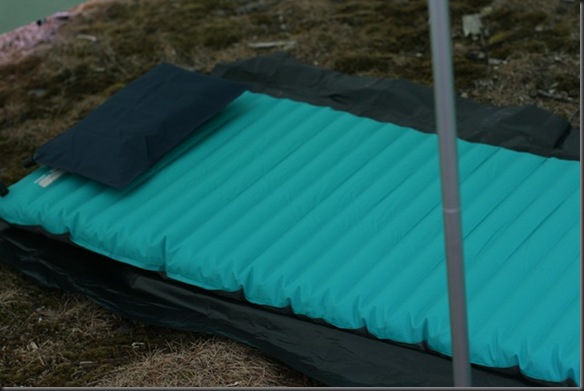
The first thing on the ground is a plastic sheet (an opened up trash bag) weighing 1.8 oz. It serves just as extra ground cover in case my sleeping bag hangs over my sleeping pad and touches the ground. On top of that I have the Thermarest NeoAir All Season Pad. It provides more insulation that one really needs for three season camping with an R value of 4.9, but I use it all year round. It offers good comfort, plenty of insulation and folds down to the size of a Nalgene bottle. It weighs 1 lb 5.6 oz. I carry a repair kit for it that weighs an additional 0.5 oz. On top of the pad I have my sleeping bag. For my three season trips I use an old green/patrol bag from an army surplus MMS system. It is not the lightest, but works well enough. I also like that I can have my dogs in there without worrying about them ruining it. The bag weighs 2 lb 5.3 oz. It is held in a waterproof Sea to Summit stuff sack that weighs 4.7 oz. The last component is a small inflatable pillow, the Kooka Bay Kookalight pillow, weighing 1.2 oz. The total weight of the sleep system is 4 lb 3.1 oz.
This covers the big heavy items. The next one to look at is water storage and filtration.
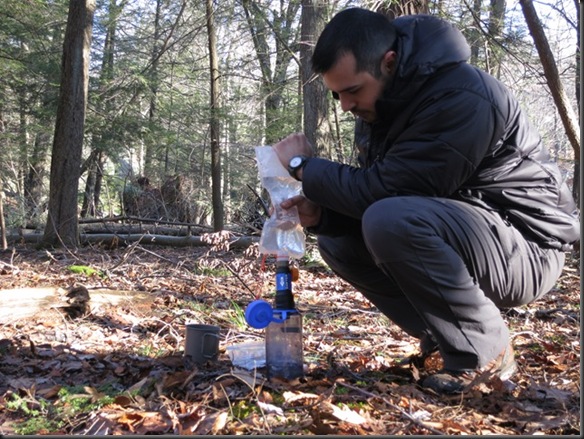
You can see most of the components in the above picture. For water storage I use one Nalgene 1L bottle and a 2L Platypus bladder. I don’t drink from it as a hydration system, but just use it for storage of water. The Nalgene bottle weighs 6.2 oz, and the Platypus bladder weighs 1.4 oz.
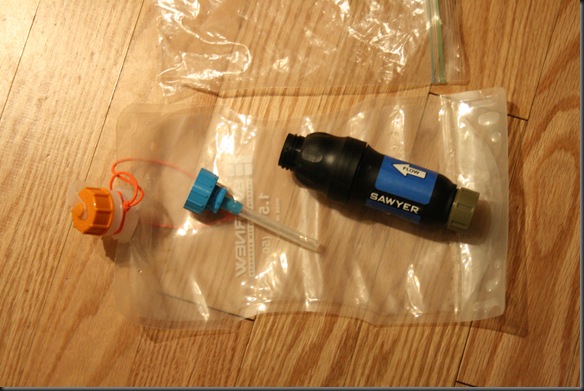
My filter is the Sawyer Squeeze Filter. I have replaced the bag that it comes with with an Evernew bladder, and have added a pre-filter and a back flush attachment. The filter itself weighs 3.0 oz. The Evernew 1L bladder where the dirty water is stored weighs 1.2 oz. The pre-filter weighs 0.2 oz and the back flush mechanism weighs and additional 0.3 oz. The total weight of the filter system, stored in a plastic Ziplock bag is 5.0 oz.
The next set of items to examine is my cook kit.
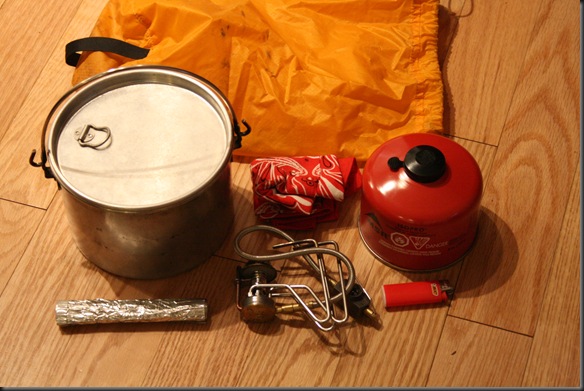
The pot I use is the Open Country 2 Qt pot. It is made out of aluminum, weighs only 7.7 oz, and is one of my favorite pieces of kit. I could get away with a smaller pot, but I like that I can boil things in it without them boiling over, and I use it in winter as well to melt snow. The stove I use is the Kovea Spider. The stove itself weighs 5.9 oz. The weight of an empty canister (since we are doing the base weight here) is 5.0 oz. With the cook system I also carry a 0.4 oz aluminum foil windscreen, a 0.4 oz lighter, and a 1.0 oz bandana. It all goes into a stuff sack that weighs 0.6 oz. The total weight of the cook system is 1 lb 5 oz.
Separate from the above cook kit I have a titanium cup that nests with my Nalgene bottle. It is the Backcountry Stoic Ti Kettle, which weighs 3.1 oz.
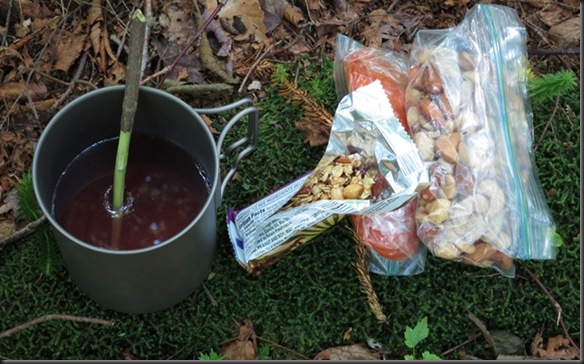
This pretty much covers all of the large items I have and use. I also have a waterproof bag with other smaller items.
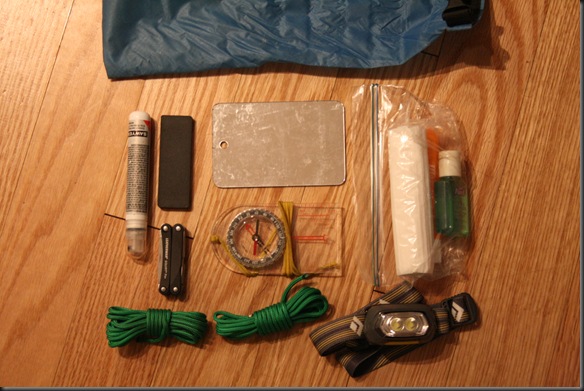
I’ll try to go through all of the items. The bag itself weighs 0.8 oz and is a Sea to Summit stuff sack. In the Ziplock bag on the left I have some toilet paper (0.4 oz, but obviously the amount varies), toothbrush (0.4 oz), and a bottle of soap, which weighs 1.0 oz when full. I also have a Black Diamond Gizmo headlamp that weighs 2.2 oz, a mirror which weighs 0.7 oz, a basic compass that weighs 1.0 oz, a DC3 sharpening stone weighing 1.3 oz, a Leatherman Squirt multitool weighing 2.0 oz, a spray bottle of DEET, which when full weighs 1.0 oz, and about 50 ft of rope, weighing 1.1 oz. The rope is not parachord, as I find parachord to be overkill as far as rope needs. The total weight of the bag with these items is 11.8 oz.
I also carry a first aid kit. It is relatively small, and is designed to deal with injuries that I may get and am capable of handling my self.
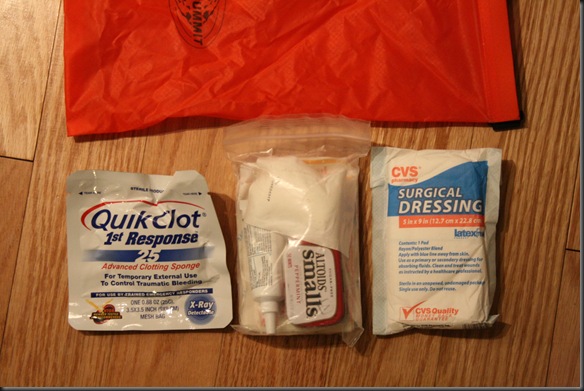
The kit has two components. One is designed to deal with heavy bleeding, and the other is designed for minor injuries. The two items you see on the sides are designed to stop heavy bleeding. One is a surgical dressing. It weighs 0.4 oz. The other is a Quick Clot sponge, which stops heavy bleeding by causing clotting. The sponge weighs 1.1 oz. In the middle you see a small bag with items designed for smaller injuries. It contains medications, Neosporin, gauze, band aids, etc. Including the stuff sack, the whole first aid kit weighs 5.4 oz.
The last item I carry in my pack is a Bahco Laplander folding saw.

It weighs 6.4 oz and provides significant cutting capacity for that relatively low weight. It has come to be a fairly standard equipment choice, and for good reason. You have probably noticed that I am not carrying an axe or hatchet. I did until very recently, but these days I am trying to go without one. It just wasn’t justifying its weight. Over the years I have started using smaller and smaller fires, especially since I camp alone so much. I find that a knife and the saw are more than enough to process the firewood I need. Whenever I carry an axe, I seem to just be looking for reasons to use it without actually needing it. It is a good tool to have, but when you carry everything on your back, every tool has to justify its weight in terms of practical use, not just theoretical one.
So, when we add everything up, we get a total base weight of all the above gear of 13 lb 7.5 oz. It is not an ultralight set up, but then again, it was never intended to be one. There are a lot of items where the weight can be reduced further if you so wish. The cooking kit can be much smaller. The sleeping bag and sleeping mat can also be reduced in weight, and if you can do that, you can probably move to a lighter frameless pack. However, I carry the gear you see above because I like it and it serves me well.
Aside from the items in my pack, I have a few more things in my pockets.
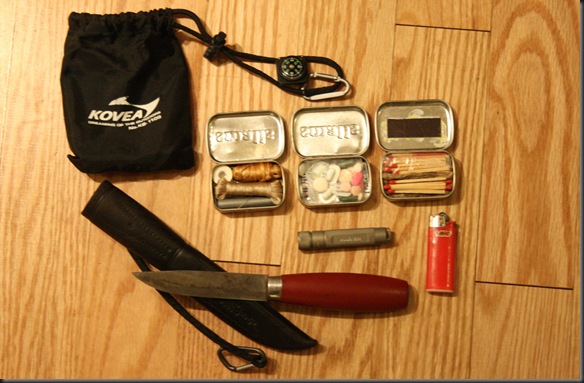
In my right pocket I carry the Mora #2 knife you see above. I keep it in a leather sheath that I got from another knife. The knife together with the sheath weighs 4.0 oz. The Mora #2 is my favorite knife in terms of blade and handle design. Its only downside is that it is not a full tang knife, so it has some strength limitations.
In the other pocket I carry a small pouch (actually from my Kovea stove), in which I keep a Fenix E01 flashlight, a mini BIC lighter, and three Altoids Smalls tins. One of the tins holds my repair kit with a few fishing hooks thrown in on the bottom. The second tin holds some medications I commonly use and water purification tablets. The third tin contains tinder (waxed jute twine) and matches. On the pouch itself a have attached a mini compass. The whole pouch weighs 4.5 oz.
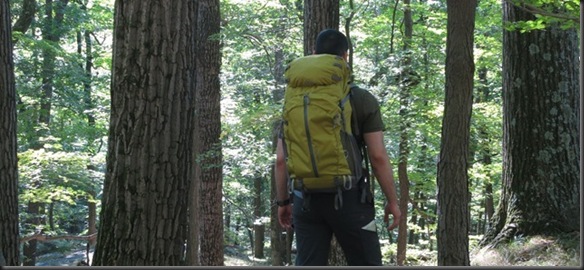
So, when the weight of the contents of my pockets is added to the overall pack weight, I get a total combined weight of exactly 14 lb. Of course, the actual pack ends up being heavier when we add perishable items like food, water and fuel. A full canister of gas will add another 8 oz. Each liter of water will add another 2 lb, and a day worth of food is between 1 or 2 lb. Additionally, I may have some articles of clothing which I would put in the pack when I am not wearing them – some extra insulation, rain jacket, hat, extra socks, etc. I have not included them in the base weight of the pack because they are not always in it. I will do separate posts on clothing. However, even though the clothing is not included here, the backpack itself is large enough to hold all the clothing other than what I would be wearing all the time.
That’s about it for my three season gear. It is what I would consider fairly luxurious. I certainly have not spared many comforts. The weight can easily be reduced if you are willing to sacrifice some of those luxuries. You certainly don’t need such a large pot or stove. You don’t need such a heavy sleeping pad, nor do you need such a large shelter. A down bag will significantly reduce the weight and bulk. However, each one of us has to strike that balance between how much we are willing to carry, and what items we would like to have with us. For now, this is mine.






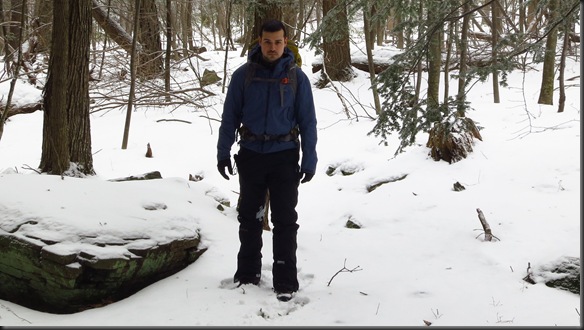
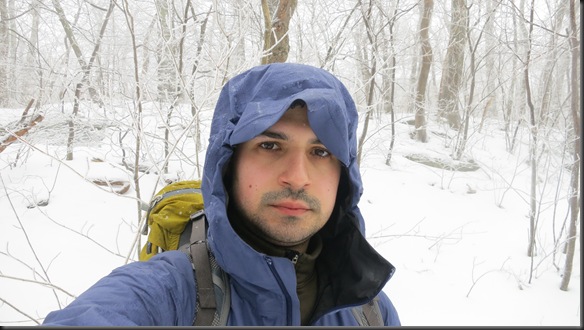

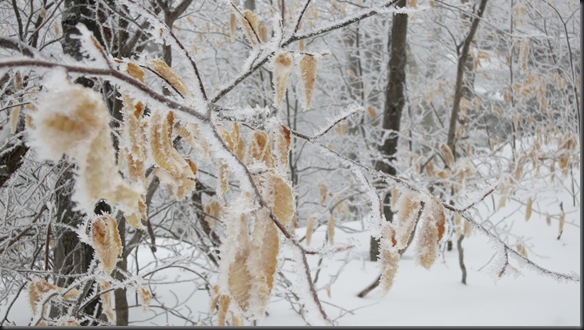
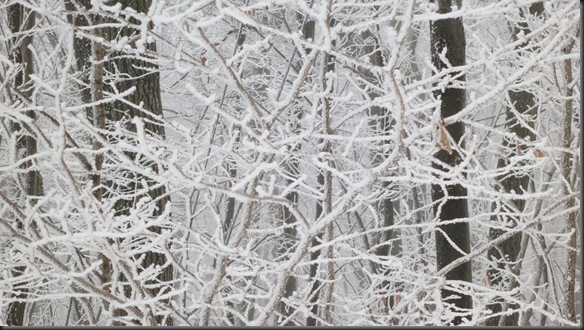
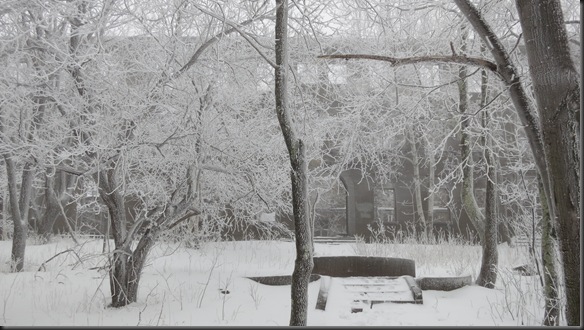



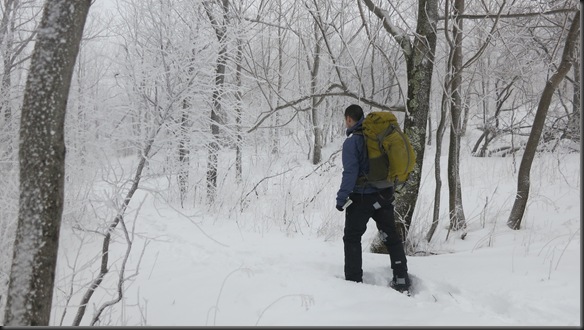
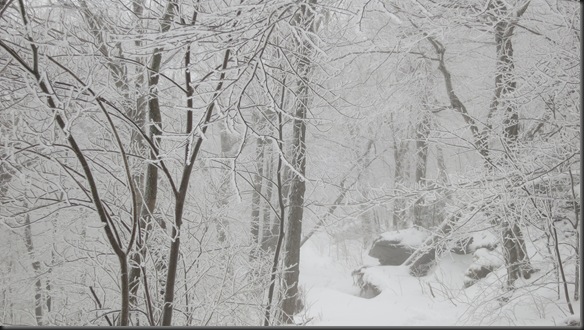
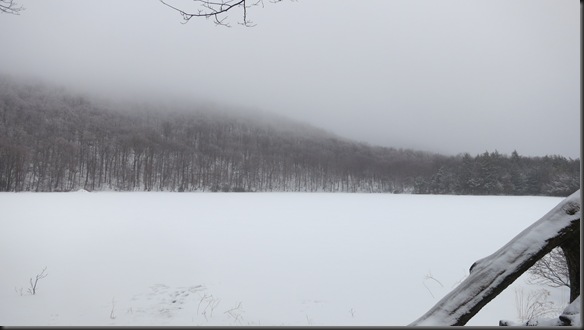
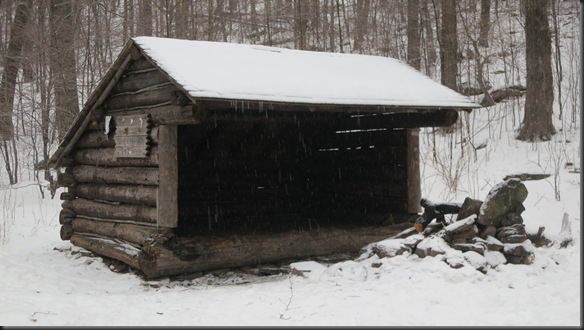
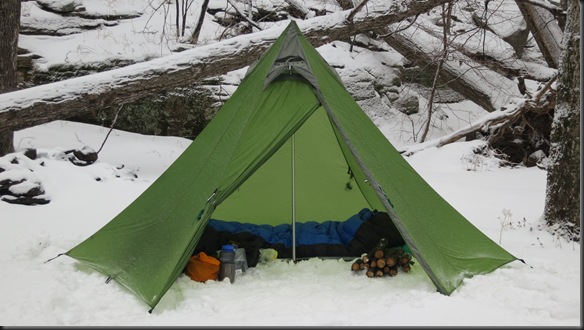
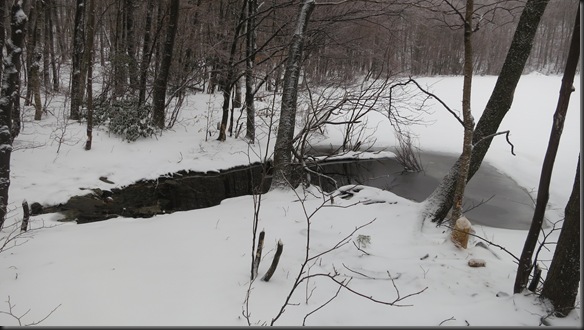
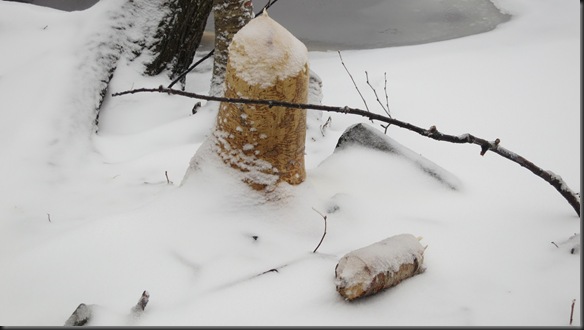

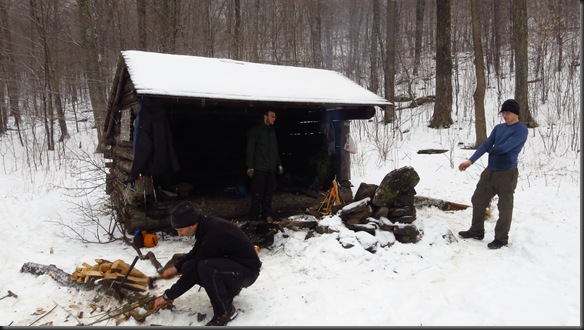
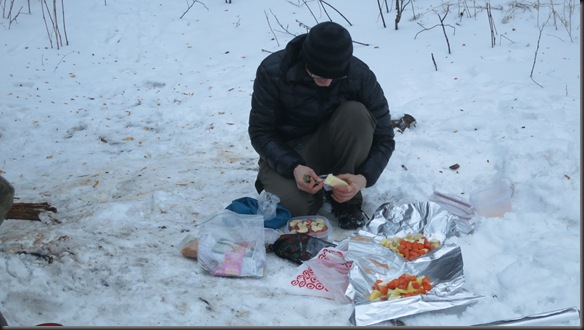
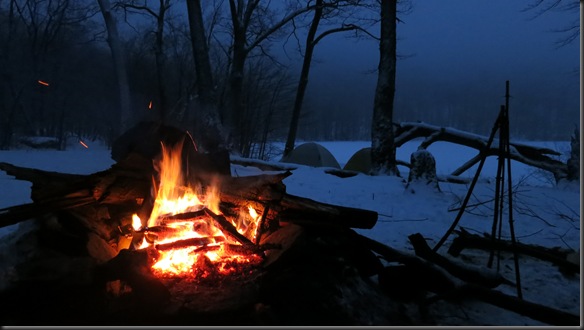
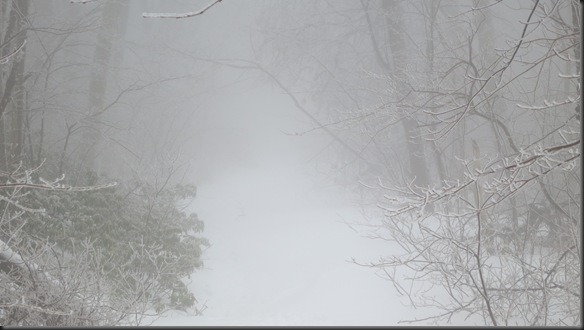
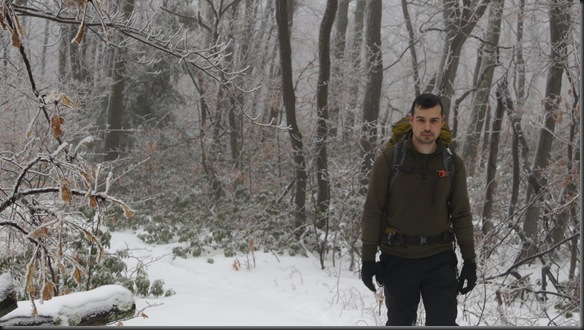

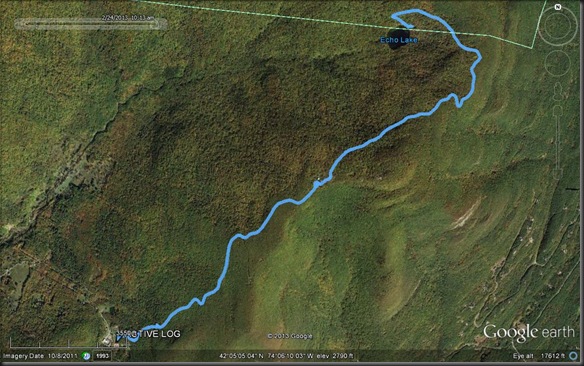





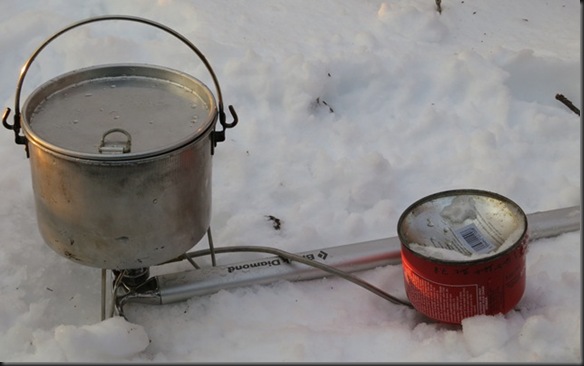
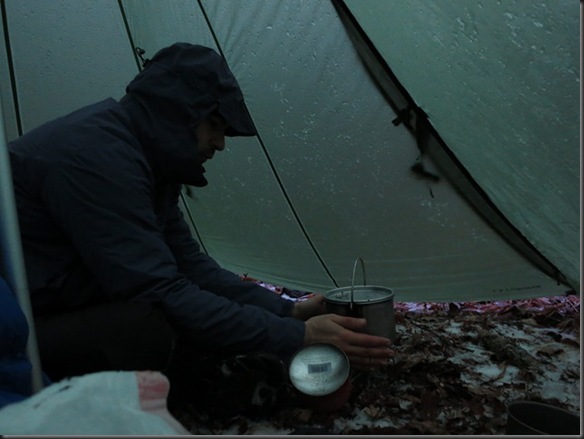
![110 - Copy[3] 110 - Copy[3]](http://lh3.ggpht.com/-e9DG9iUYiME/UStaQFlTGUI/AAAAAAAAJAw/9bodOqpCEsk/110Copy3_thumb1.jpg?imgmax=800)
